![]()
![]()
![]()
Use LEFT and RIGHT arrow keys to navigate between flashcards;
Use UP and DOWN arrow keys to flip the card;
H to show hint;
A reads text to speech;
88 Cards in this Set
- Front
- Back
|
Toxicodendron diversilobum |
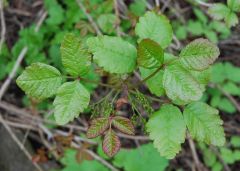
|
|
|
Foeniculum vulgare |
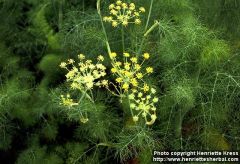
|
|
|
Aristolochiaceae Asarum caudatum |
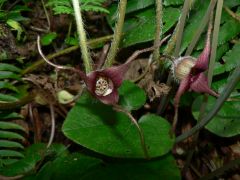
|
|
|
Asparagaceae Asparagus officinalis |
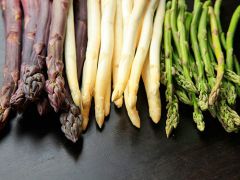
|
|
|
Asparagaceae Camassia leichtlinii |
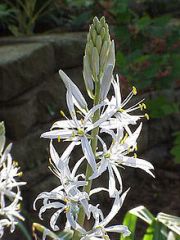
|
|
|
Asparagaceae Hyacinthoides non-scripta |
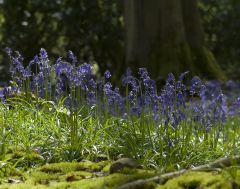
|
|
|
Asparagaceae Maianthemum dilatatum |
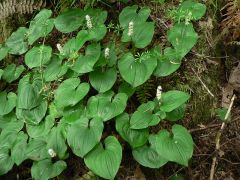
|
|
|
Asparagaceae Maianthemum racemosum |

|
|
|
Taraxacum officinale |

|
|
|
Berberidaceae Berberis aquifolium |

|
|
|
Berberidaceae Berberis nervosa |
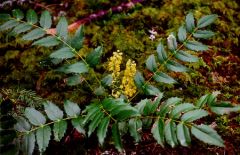
|
|
|
Brassicaceae Brassica rapa |

|
|
|
Brassicaceae Eruca sativa |
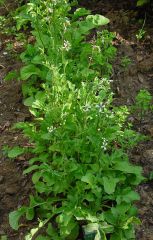
|
|
|
Caryophyllaceae Stellaria media |
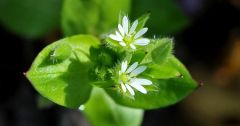
|
|
|
Cucubitaceae Marah oregana |
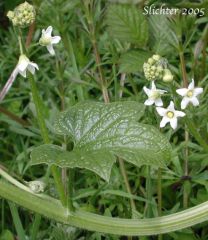
|
|
|
Fabaceae Cytisus scoparius |
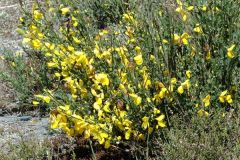
|
|
|
Geraniaceae Geranium lucidum |

|
|
|
Geraniaceae Geranium robertianum |
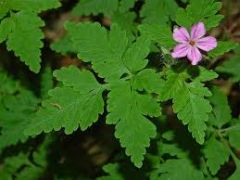
|
|
|
Grossulariaceae Ribes sanguineum |
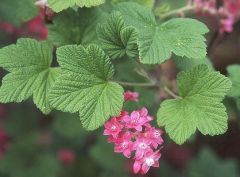
|
|
|
Lamium purpureum |
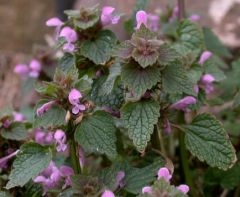
|
|
|
Lamaceae Melissa officinalis |
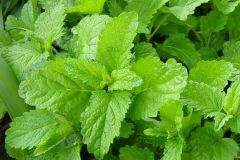
|
|
|
Lauraceae Umbellularia californica |
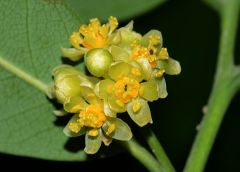
|
|
|
Montiaceae Claytonia perfoliata |
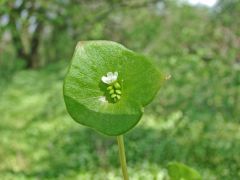
|
|
|
Montiaceae Claytonia sibirica |
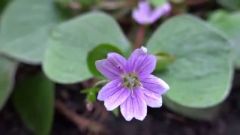
|
|
|
Nympheaceae Nuphar polysepala |
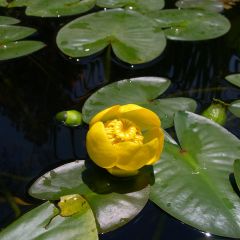
|
|
|
Fraxinus latifolia |
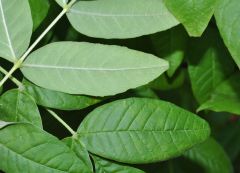
|
|
|
Papaveraceae Dicentra formosa |
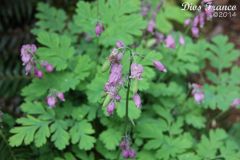
|
|
|
Papaveraceae Eschscholzia californica |
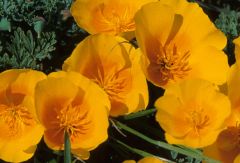
|
|
|
Ranunculaceae Delphinium trolliifolium |

|
|
|
Ranunculaceae Ranunculus occidentalis |
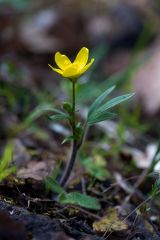
|
|
|
Salicaceae Populus trichocarpa |

|
|
|
Sapindaceae Acer circinatum |

|
|
|
Sapindaceae Acer macrophyllum |
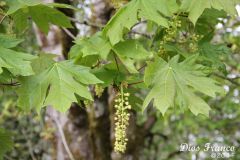
|
|
|
Saxifragaceae Tellima grandiflora |
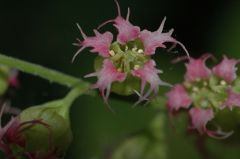
|
|
|
Scrophulariaceae Verbascum thapsus |
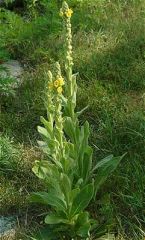
|
|
|
Violaceae |
herbs (temp), shrubs, trees, lianas (tropics). Ususally 5 connate anthers & w/ appendages or nectaries. Often have both cleistogamous and chasmogasmous flowers. Style usually hooked and distally enlarged. Ovary superior; fruit capsule. |
|
|
Salicaceae |
Trees or shrubs. Inflorescences axillary, catkins. Flowers reduced, unisexual. Stipulate. Teeth usually salicoid. Seeds often with tuft of long white hairs. Ovary Superior, fruit capsule, berry, drupe. |
|
|
Euphorbiaceae |
Often with white or colored latex. Tropics: woody; Temp: herbs. leaves usually alternate, simple. Flowers usually unisexual, pistillate ones with superior, usually 3-carpellate ovary. Fruits often explosively dehiscing schizocarps. |
|
|
Fabaceae |
Stipulate often compound leaves. Pentamerous flowers. Single unicarpellate pistil. Marginal placentation. Fruit a legume. |
|
|
Rosaceae |
herbs, shrubs, trees. Leaves usually alternate or spiraled with stipules. Flowers radial, often showy, with hypanthium. Stamens usually numerous. Pentamerous. Superior or inferior ovary, fruit various. Hypanthium often enlarges in fruit with nectar ring on inside. |
|
|
Cucurbitaceae |
Herbs or soft-woody vines. Tendrils at nodes. Leaves often more or less palmately lobed/veined. Teeth usually cucurbitoid. Usually parietal placentation and three carpels. Plants commonly monoecious or dioecious. |
|
|
Fagaceae |
Primarily monoecious. Trees or shrubs. Flowers unisexual and small. Male flowers in catkins or reduced inflorescence. Fruit a nut with subtending cupsule of connate involucral bracts. |
|
|
Betulaceae |
monoecious trees or shrubs. Leaves simple, doubly serrate with pinnate venation. Male catkins elongate, female catkins pendulous or erect, often cone-like. Wind pollinated, fruit an achene, samara, or nut. |
|
|
Geraniaceae |
Flower parts usually in fives, five parted stigma. Usually carpel with a persistent, prominent sterile column. Usually schizocarp with five one-seeded segments that separate from the central column. |
|
|
Sapindaceae |
Woody & a few herbaceous vines. Leaves often palmate or trifoliate. Stamens usually 8, filaments usually pubescent or papillose. Nectar disk present. 2-3 carpellate ovary. Fruit arilloid berry, drupaceous or samaroid schizocarp. |
|
|
Magnoliaceae |
Woody. Leaves simple, spirally arranged, pinnately veined, with caduceus stipules enclosing the buds and then leaving a scar. Flowers solitary, perianth multi-whorled, hypogynous on a elongated receptical, many stamans, pistils 2-merous, fruit an aggregate of follicles, samaras or berry like seeds often with a sarcotesta. |
|
|
Lauraceae |
Woody, aromatic oil glands, evergreen, undifferentiated perianth, valvular anther dehiscence, single superior ovary, one ovule/carpel with apical placentation, lack endosperm |
|
|
Aristolochiaceae |
More or less herbaceous plants, adaxial prophylls, exstipulate leaves with palmate venation and entire margins. 3-merous flowers. The ovary is usually inferior and the perianth uniseriate and connate. |
|
|
Piperaceae |
Stem with scattered vascular bundles, spike or spadix of many small apetalis flowers. Fruit a drupe. Herbaceous stems with swollen nodes, leaves often soft or fleshy with cordate base. |
|
|
Berberidaceae |
Trees, shrubs, or herbs. Multiseriate perianth, differentiated into outer sepaloid and inner petaloid parts, the innermost nectiferous; a biseriate androecium and a single unicarpellate pistil. |
|
|
Ranunculaceae |
Showy sepals, petals often absent; many stamens; superior ovary, no floral cup. |
|
|
Papaveraceae |
Herbs, shrubs, or small trees. Some with latex. Usually 2 caducous sepals, several stamens, fruit a capsule. |
|
|
Grossulariaceae |
shrubs, palmately lobed leaves. Hypanthium. 5-merous flowers, inferior ovary. |
|
|
Saxifragaceae |
Herbs. Basal, usually pamate leaves. Small, 5-merous flowers. Gynoecium usually syncarpous, usually with two styles. |
|
|
Polygonaceae |
Swollen nodes with ocrea around stem. Small flowers with colored tepals and often triangular seeds. Basal placentation. |
|
|
Amaranthaceae |
Anomalous secondary growth. Uniseriate perianth, 3-5 sepals. Connate stamens of same number. 1-locule, usually 1-ovuled ovary with basal placentation. often salt tolerant. |
|
|
Caryophyllaceae |
Often swollen nodes, often divided petal ends, 5-merous flowers, leaves opposite, simple, and entire. Fruit a capsule. |
|
|
Montiaceae |
Usually more or less succulent herbs, often redish. 2 sepals, usually 5 petals. Stamens usually 1 or 2x as many as petals, leaves often clasping bases. Fruit a capsule. |
|
|
Rhamnaceae |
Flowers regular, bisexual or monoecious. 5-merous flowers, often lacking petals. Flowers small but can be showy en mass. 2-4 carpellary, ovary superior or partially covered by the disc; fruit capsule, berry, or drupe, mostly with 1 seeds per cell; shrubs or small trees with alternate or opposite simple stipulate leaves. |
|
|
Erodium |
Geraniaceae with pinnately compound leaves. Fertile stamens 5. Flowers radially symmetrical. |
|
|
Geranium |
Geraniaceae with palmately lobed or divided leaves. Fertile stamens generally 10. Flowers radially symmetrical. |
|
|
Pelagonium |
Geranium, non-native, with zygomorphic flowers. |
|
|
Rosa |
Rosaceae with prickly-stem, leaves pinnate, carpels several, born within a sphirical to urn-shaped, ultimately thickened and fleshy hypanthium |
|
|
Crataegus |
Rosaceae with corymbose inflorescence, calyx adnate to ovary, simple leaves, and strong sharp thorns, carpels with hardened, shell like covering, each 1-seeded. Toothed or lobed leaves. Stamens about 20 |
|
|
Amelanchier |
Rosaceae with complete, racemose, calyx more or less campanulate, adnate to ovary. unarmed trees or shrubs with alternate simple leaves, stipulate. stamens about 20. |
|
|
Fragaria |
Rosaceae with many pistils, about 20 stamens. Basal, stipulate, trifoliate, serrate leaves. |
|
|
Oemleria |
Rosaceae with flowers dioecious. greenish white flowers. stamens 15, pistils generally 5, distinct. ovaries free of calyz, 2-ovulate. |
|
|
Rubus |
Rasaceae with Stamens more than 40, many pistils. usually armed. Alternate various stipulate leaves. |
|
|
Alnus |
Betulaceae with female flowers many in elongate or conelike catkins. Leaf blade not often cordate. |
|
|
Corylus |
Betulaceae with female flowers few, not in catkins. Leaf blade often cordate. |
|
|
Chrysolepis |
Fagaceae with involucre spiny, enclosing 1-3 nuts. |
|
|
Quercus |
Fagaceae with involucre cuplike enclosing one nut (acorn) |
|
|
Sanguisorba |
genus within the Rosaceae with dense spikes. |
|
|
Coenothus |
genus of Rhamnaceae |
|
|
Aesculus |
non native genus of the Sapendaceae, palmately compound leaves |
|
|
Acer |
native genus of the Sapendaceae, palmately lobed leaves. |
|
|
Lunaria |
genus of Brassicaseae with petiolate silicle seed pods |
|
|
Boraginaceae |
Herbs, hairy, sometimes coarsely. Inflorecence, determinate, usually forming helicoid or scopiod cymes. Petals usually 5, connate and forming plicate salverform, funnel-form, or tubular corolla. |
|
|
Plantaginaceae |
Usually herbs, less commonly shrubs, some aquatics. Leaves alternate, spiral or opposite or whorled. Hairs usually simple, when glandular are 2+ celled and lack vertical partitions. Leaves simple, stipules lacking. Flowers usually bilabiate. Stamens usually 4 didynamious, or 2; filaments adnate to corolla fruit superior or inferior, fruit a capsule. |
|
|
Cornaceae |
Usually trees or shrubs, a few herbs. Hairs often in Y or T shaped. Leaves usually opposite, simple, entire. Magic leaves. Nectar disk sometimes on top of ovary. Inflorescence sometimes subtended by large showy bract. |
|
|
Eraceae |
Trees, shrubs, herbs. Mostly red or white urn-shaped flowers with parts in 4 or 5. Leaves often evergreen. Flowers usually bisexual, pendulous. Petals usually 4 or 5 and connate, often cylindrical or urn shaped with imbricate to valuate lobes or more or less bell or funnel shaped. Anthers sometimes inverted, sometimes with projections near anthers, usually opening by 2 apical pores. Usually superior. |
|
|
Scrophulariaceae |
herbs, subshrubs. Leaves alternate and spiral or opposite. Stamens 4, 5, or 2; anther sacs confluent and opening by single distal slit oriented at right angle to the filament, anther base not sagatatte. Corolla more or less bilabiate or narrow tube and flaring. Ovary superior. Fruit a capsule, berry or drupe. |
|
|
Laminaceae |
Usually herbs or subshrubs. Stems often square. Leaves usually glandular, with aromatic ethereal oils. Usually bilabiate. Gynobastic style, carpels 2 connate, usually superior, 2 locular, but appearing 4 to false septa. |
|
|
Orobanchaceae |
herbs, gemiparasitic to holoparasitic. Often fleshy, often with glandular hairs. Leaves various simple, often dissected, sometimes scales without chlorophyll corolla usually bilabiate. Stames 4, sometimes 5th. Ovary superior, fruit usually capsule. |
|
|
Solonaceae |
Radially symmetrical flowers with a placate, sympetalous corolla, alternate and spiral leaves, usually simple, enver sharp teeth. Flower parts in fives. 2 parted ovary, numerous ovules, ovary superior, fuit berry or capsule. |
|
|
Cornaceae Cornus nuttallii |
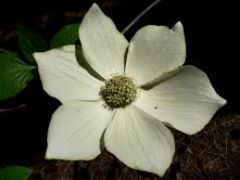
|
|
|
Cornaceae Cornus sericea |
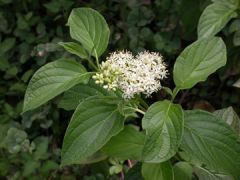
|
|
|
Phrymaceae Erythanthe guttata |
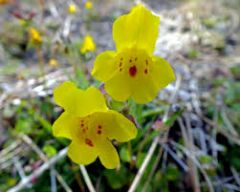
|

